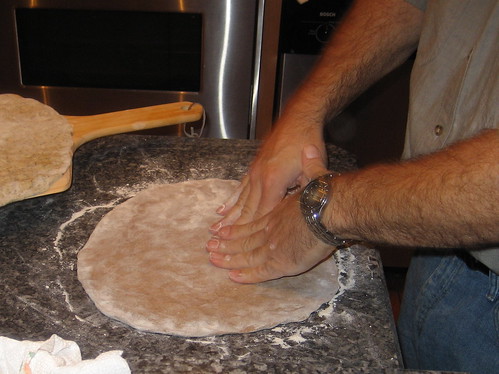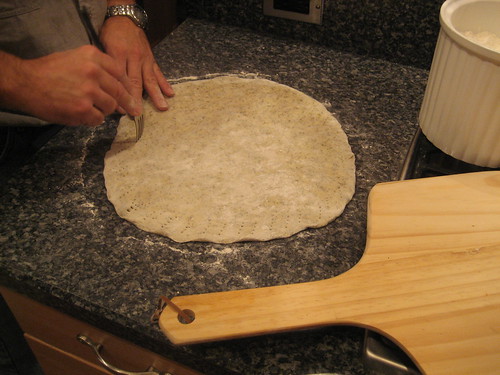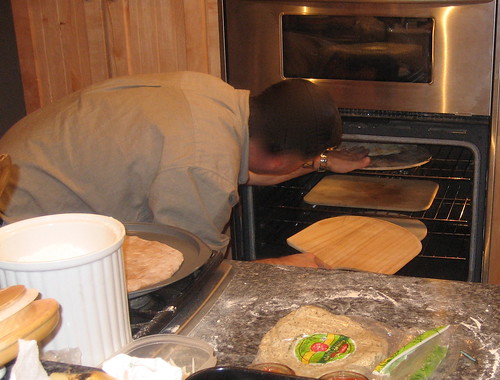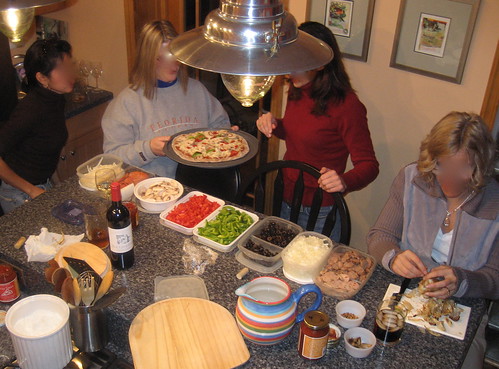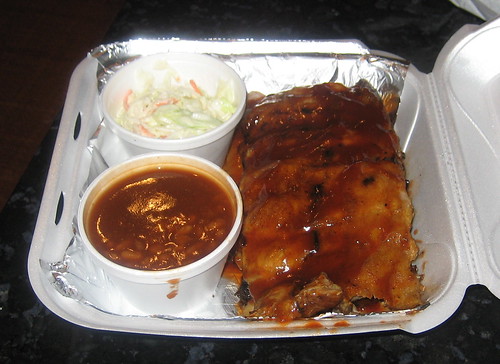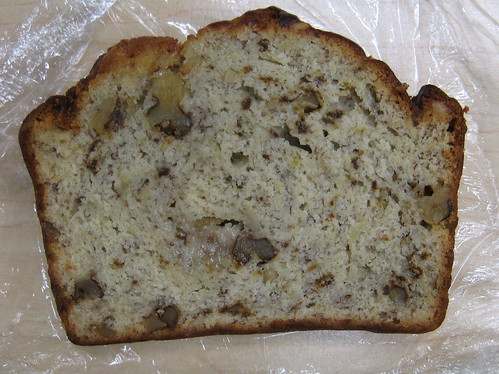In the pantheon of great American ass-kickers, Theodore Roosevelt floats to the top of the “political figure” category. This 5’8” fireplug of a man supposedly topped out at a solid 200 lbs during his most active days despite being born a sickly child. He had a long history of tackling hardship and defeat by “vigorously pushing his body and mind to endure punishing outdoor adventures” (I think this is a quote).
After he lost the 1912 presidential election, he was a beaten man. So he decided that the best way to combat the blues was to go on a huge, rigorous South American adventure. This, despite the fact that he was over 50 years old and should have been thinking about retiring to his country estate.
Interestingly enough, for you fellow ND fans, one of the primary planners for the trip was a chemistry and physics professor from the University of Notre Dame named Father John Zahm. Father Zahm was an accomplished adventurer/scholar and an acquaintance of Roosevelt’s. However, Father Zahm’s plan for a safe, easy trip on the Amazon and the exploration of a few of the smaller, connecting rivers was quickly squelched by Roosevelt. Roosevelt viewed this as nothing less than a serious, scientific endeavor, and traveling on a slow-moving boat watching the shore go by was not what he had in mind.
This was only the start of friction between Father Zahm and Roosevelt. At one point early on, well before the expedition even reached the mouth of the River of Doubt, Father Zahm expressed his desire to be carried on a chair by the locals through the jungle rather than walking. Roosevelt disagreed strongly and would not allow Father Zahm such a luxury. In fact, it was important for Roosevelt to maintain equality with the native guides and assistants. At one point Roosevelt refused to use a chair unless his Brazilian counterpart also had a chair.
This incident probably played a big part in what followed. Roosevelt and the rest of the leaders of the trip signed a letter mandating that Father Zahm be sent home. Wow, what a blow! I’m reading this book after a 3-9 season and hearing that Notre Dame is responsible for NBC’s bottom feeding TV ratings. Like I needed to hear more negative Notre Dame sentiment. Oh well, the truth hurts, but we move on.
Yes, we move one, like the expedition did sans Father Zahm. But Father Zahm wasn’t the only member that was sent packing. By the time the expedition reached the beginning of the River of Doubt, all the dead weight had been sent on alternative routes and they were down to 22 men:
- Roosevelt
- Kermit (Roosevelt’s son, cool guy)
- George Cherrie (American naturalist)
- Col. Rondon (Brazilian leader, famous adventurer)
- Two other Brazilian leaders/naturalists (one a doctor)
- 16 local assistants (camaradas)
These 22 men were the heartiest and most important of the expedition but what they had before them seemed insurmountable. Their supplies were running low, they were tired, bugs and wild animals were a constant threat, and they were ill equipped. Despite all the money and planning, they showed up at the mouth of the River of Doubt without a damn boat! They had to buy/trade for seven rickety dugout canoes from the Indians. These dugouts weighed 2,500 lbs each and were far from ideal for navigating a twisting river filled with dangerous rapids. I predict death, and lots of it (I’m writing this as I read it, not afterward).
And there was death, only 19 of the 22 men made it out alive. I figured fewer would make it. It’s pretty unbelievable that this many survived based on the hardship they faced. And you don’t really understand the hardship that they dodged until the end of the book – more on that later.
At one point, Roosevelt is so sick with malaria and fatigue that he declares the following to his son and Cherrie from his deathbed…ahh, I mean, hammock:
“Boys, I realize that some of us are not going to finish this journey. Cherrie, I want you and Kermit to go on. You can get out. I will stop here.
You have to respect that. Roosevelt was, for the most part, giving and respectful of everyone throughout the trip and this declaration was completely in character. But Kermit would have nothing to do with it. According to the book:
Standing next to Roosevelt’s prone, sweat-soaked figure in their dim tent beside the River of Doubt, Kermit met his father’s decision to take his own life with the same quiet strength and determination that the elder Roosevelt had so carefully cultivated and admired in him. This time, however, the result would be different. For the first time in his life, Kermit simply refused to honor his father’s wishes. Whatever it took, whatever the cost, he would not leave without Roosevelt.
There was still a lot of river to paddle and rapids to portage. And a lot of unruly camaradas to deal with. Shortly after the incident, the stress gets so great that one particularly unsavory camarada, Julio, kills another for fear of being outed as a thief (stealing food). Despite his weakened state, Roosevelt is livid and actually hurts himself further trying to engage in the hunt for the perpetrator. The tension comes to a boiling point between Rondon and Roosevelt:
…”Julio has to be tracked, arrested and killed,” Roosevelt barked when he saw Rondon. “In Brazil, that is impossible,” Rondon answered. “When someone commits a crime, he is tried, not murdered.” Roosevelt was not convinced. “He who kills must die,” he said. “That’s the way it is in my country.”
Wow, heavy stuff. They find Julio later, on the banks of the river begging for mercy. But they just pass him by. They later return and try to find him, but they can’t. Certainly the Cinta Larga Indians probably feasted on his innards. The Cinta Larga Indians are what I was referring to when I said that the trip dodged a lot of hardship in retrospect. They did not see any Indians on the whole trip, which is unbelievable because the Cinta Larga were thought to be numerous and hostile. It was always assumed by the river travelers that the Cinta Larga were lurking in the woods, but for some reason, they allowed the expedition to pass through their territory without incident (this may be a quote also).
Eventually, the expedition hits some smooth water and the last part of their trip goes smoothly. It was a long haul. They left New York in October of 1913 and got back to New York in May of 1914. Roosevelt died about 5 years later in January of 1919. Kermit never panned out to be much of anything. He appeared to be destined for great things, but it wasn’t in the cards for him.
It’s really a great story. History buffs will certainly like it. But Millard also expands a lot on the history and culture of the Amazon, Brazil, and the rain forest. It’s a wide-ranging read and I really liked it.
